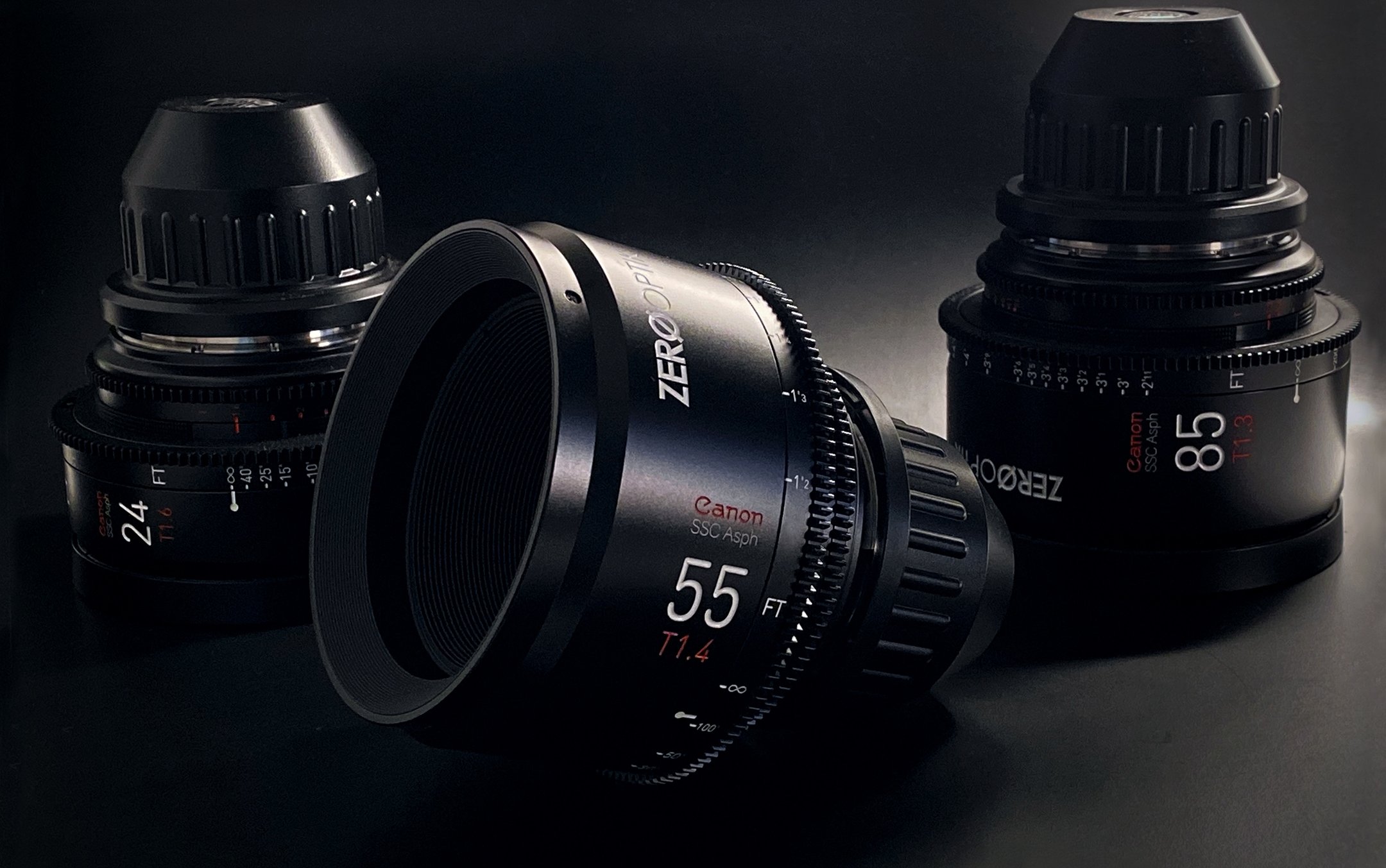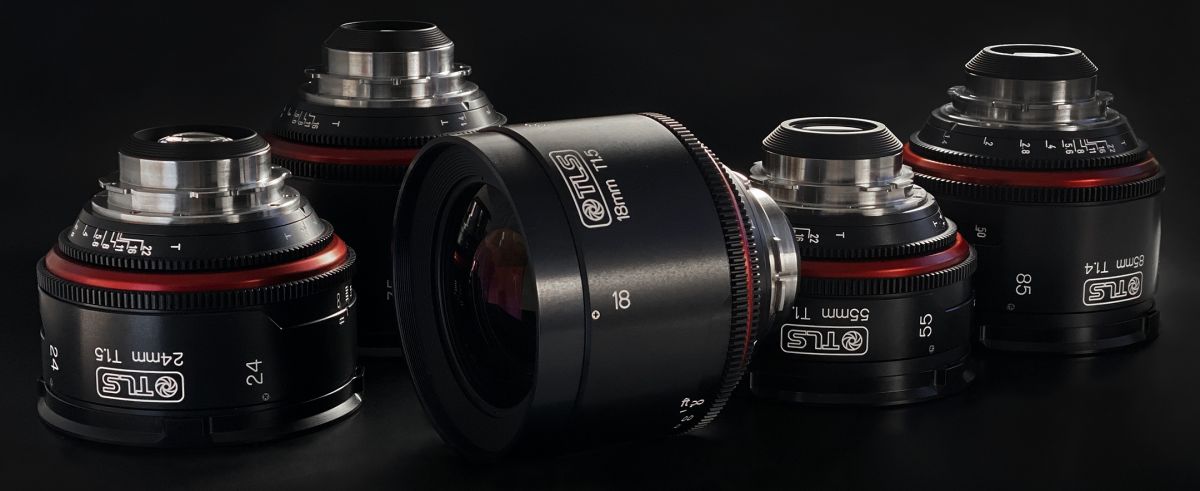
The Resurgence of Vintage Optics and Why Rehousing Them Is a Good Thing
What advantages might older lenses provide over (arguably) superior modern optics?
Over the past decade, new lens series for motion-picture photography have been created at an unprecedented pace. As the industry has transitioned from mostly film-based capture to digital-recording media, imager sizes have increased, and there has been a push for increasingly higher-resolution capture, mastering and exhibition formats. All of this has spurred optical manufacturers to respond with ever more lens offerings.
In terms of achieving a creative intent, the characteristics inherent in lenses have become increasingly important to cinematographers. The roles that lighting, production design, wardrobe, color and atmosphere play in the final look continue to be significant, but with today’s digital cameras rendering often hyper-clean, rock-steady and potentially grainless images, the idiosyncratic nuances of individual lenses and lens families are scrutinized as never before.
Many cinematographers find it hard to define exactly what they look for in a lens. Lately, lots of attention has been placed on “flares” as a trick to pull out of one’s toolkit, and “bokeh” has seemingly become an obsession for those trying to achieve a sumptuous background blur in their images. But regardless of trends, a lot of what we associate with a given lens or lens manufacturer has been ingrained in us through our own biases and beliefs (shaped in part by manufacturers’ claims) and generalizations handed down over the years.
With the push into higher-resolution cameras and exhibition specifications, it might seem counterintuitive that some cinematographers look backward, to vintage optics, to give “character” to their work. What advantages might older lenses provide over (arguably) superior modern optics? Should we not want our images to be rendered sharp, in-focus, and with good contrast — all hallmarks of a well-corrected, optimally designed, modern cine lens?
Most of today’s cinematographers work with a handful of prominent digital-imaging platforms supplied by just a few camera manufacturers, and the look created by these “digital stocks” is more homogenized than the looks cinematographers traditionally achieved in analog, film-based work. With film, the characteristics of the image were shaped by emulsions (historically created by more than one manufacturer) of varying sensitivities, color and contrast, as well as by the processing/printing options at labs (of which there were also many).
In the digital realm, this playing field has been greatly whittled down.
Lenses employed to create motion-picture images have evolved tremendously over the last century-plus of filmmaking, and lens manufacturers have endeavored to eliminate as many imperfections in their products as possible. However, some aberrations that would make an optical designer cringe while examining the lens’ image on a projector can have interesting qualities in regard to the photographed image. A subtle degree of spherical aberration, for example, can work wonders in smoothing out the transition between the foreground focus and the background image. (Yay, bokeh!) A little bit of geometric distortion can heighten a dimensional feeling at the center of the frame, popping the talent out amid their environment — and some fall-off/optical vignetting toward the edges of the frame can similarly help direct the audience’s eye. These are all attributes that an imperfect lens can give to a scene.
In support of this idea, manufacturers such as Panavision have, over the last decade, cracked open their storage rooms and dusted off “retired” lenses. For example, cinematographer Robert Richardson, ASC had Panavision’s Dan Sasaki — an ASC associate — resurrect long-dormant Ultra Panavision 70 anamorphic lenses (used on such films as 1959’s Ben-Hur) for The Hateful Eight (AC Dec. ’15). Panavision has also been refurbishing and rehousing many of its other legacy lenses for contemporary use; the PVintage line, for instance, is a modern repackaging of their popular Ultra Speed lenses of the mid-to-late 1970s.
In 2014, in tandem with its move into larger-format sensors, Arri created the Prime 65 lenses, essentially updating and rehousing the legacy medium-format Hasselblad optics from the late 1980s that were used with the Arri 765. Demand for other optical “flavors” covering larger sensors prompted Arri to tap into various full-frame and medium-for-mat optics (rehoused by IB/E Optics) to create the Prime DNA lenses in 2017, which have since worked on dozens of films.

In addition, several third-party rehousing companies have been working overtime to place vintage glass (from still-lens families as well as actual legacy cine series) into modern housings with updated mechanics. The 70-plus-year-old Cooke Speed Panchros, for example, have been recommissioned to shoot television’s The Crown (Adriano Goldman, ASC, ABC, BSC; AC June ’20) and Penny Dreadful: City of Angels (John Conroy, ISC; AC June ’20). Prominent rehousing companies such as True Lens Services (England), P+S Technik (Germany), Zero Optik (U.S.) and GL Optics (China) all offer a wide range of lens series for rehousing.
Rehousing a stills or vintage lens can make a dramatic difference in its functionality, essentially transforming it from something not easily used into something ready to withstand the rigors of film production. Rehousers typically discard the old barrels and retain the original glass elements and (often) the sealed lens groups. Taking this “lens head” back to its barest form, rehousers can provide entirely new focusing transports (such as cam-style movements), which facilitate much smoother operation, and can possibly also redistribute the spread of focus distances engraved, offering more usable degrees of rotation to the AC. As well, new barrels can be standardized to today’s ergonomics and common front diameters, making their use on contemporary camera setups effortless. Finally, new irises can occasionally be used, increasing the number of blades — which creates a more circular aperture, which is then exhibited in the bokeh of the image — and also possibly reversing its rotation direction to match cine-lens standards.
Regardless of which option one chooses — modern lenses or rehoused vintage glass — there have never been more optical options than now. And having such a wide range of lenses spanning the gamut of performance and character is never a bad thing.






